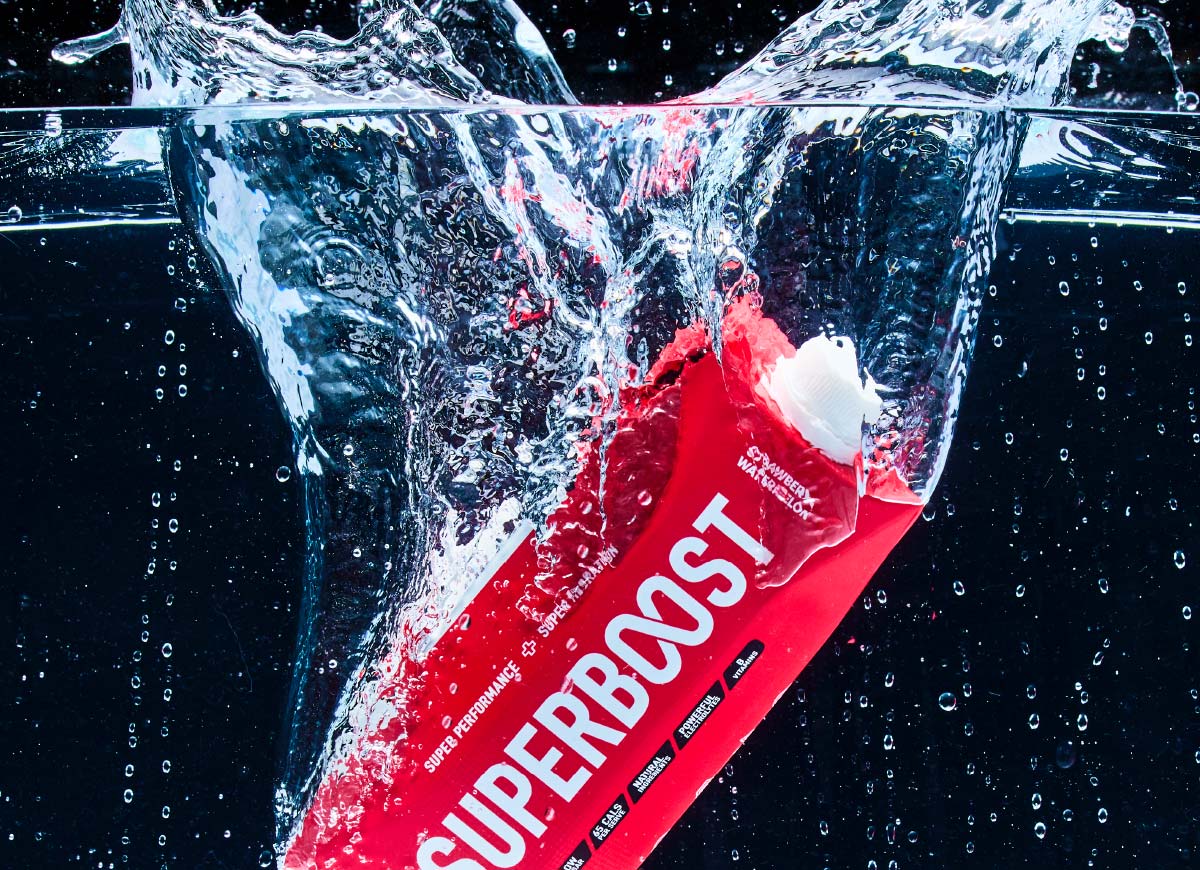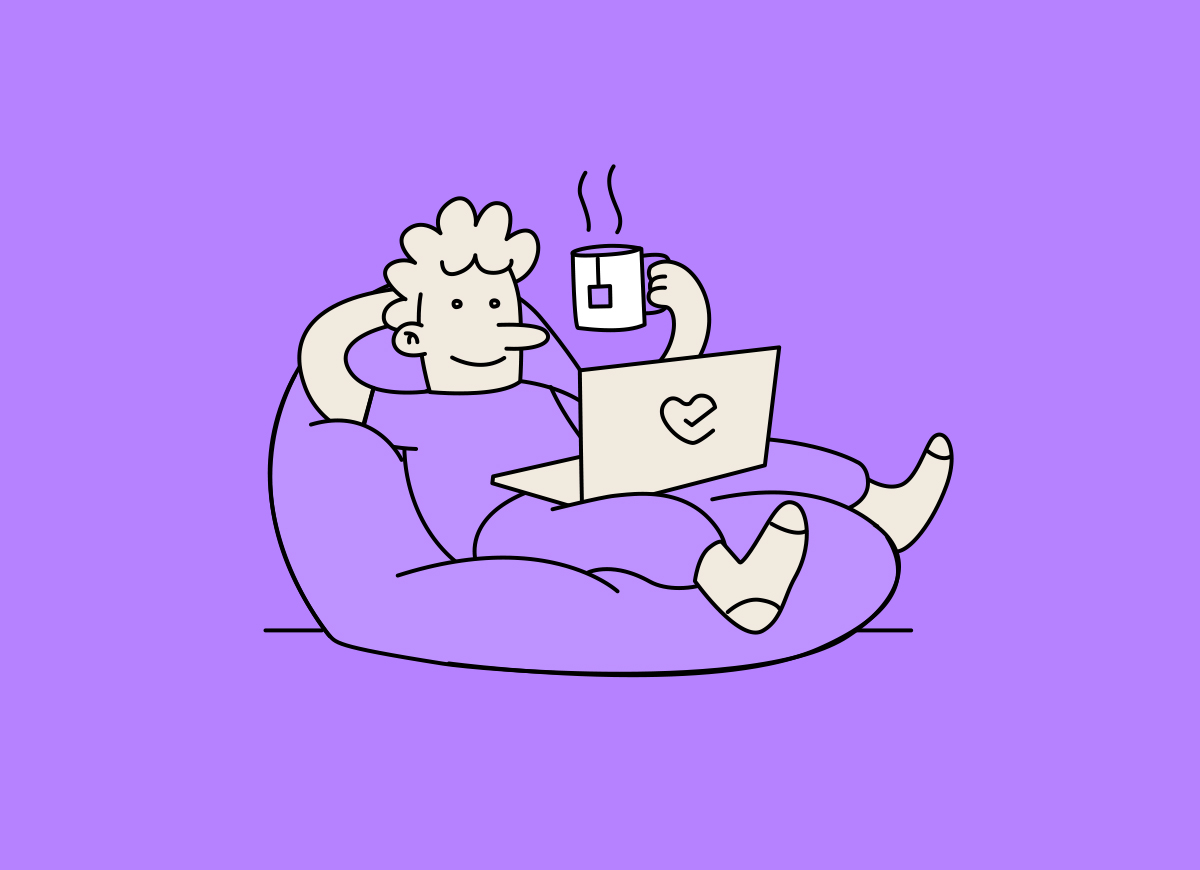Design for humans, by humans.
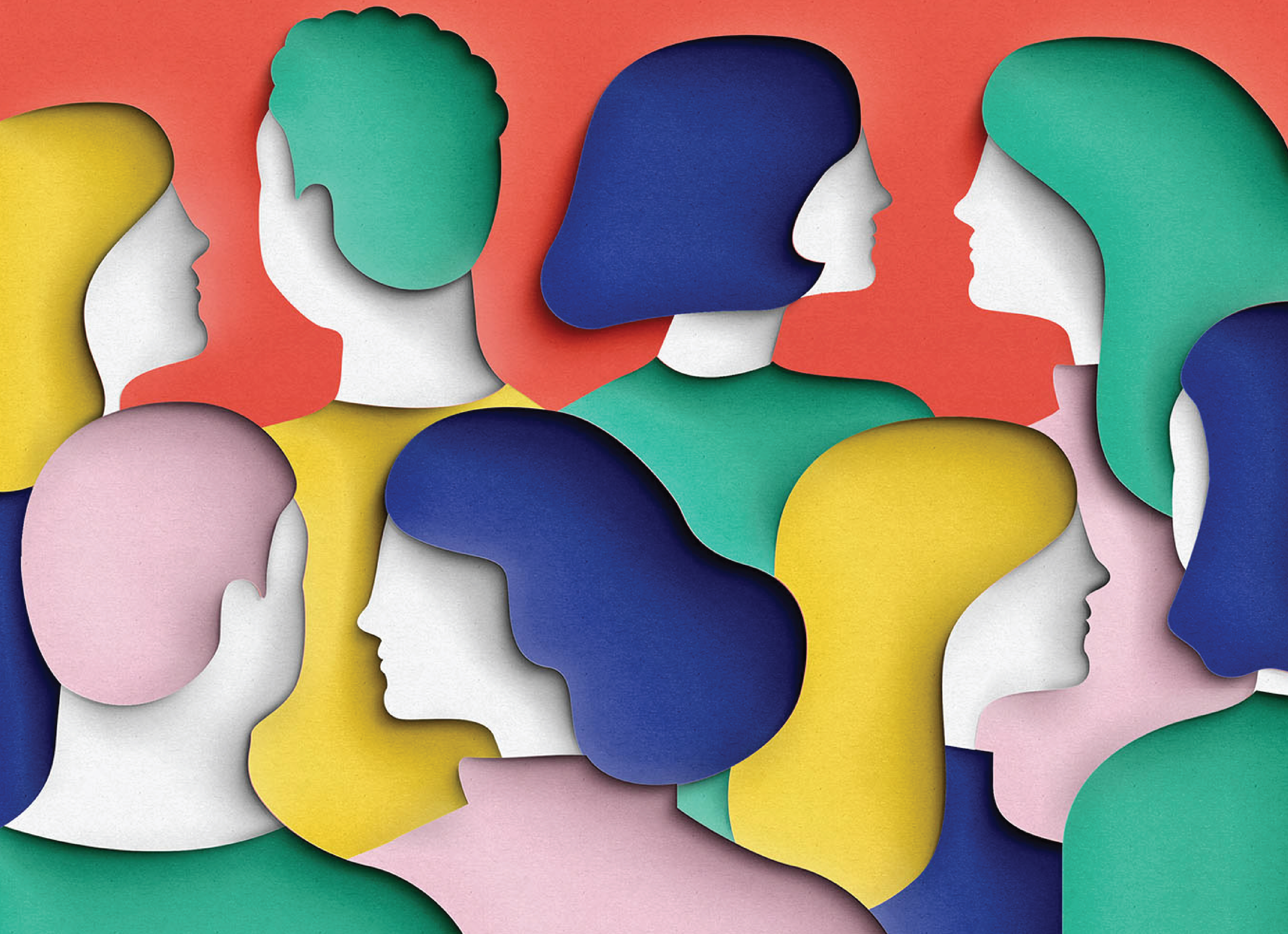
What we design today is designed for tomorrow.
Our team attended this year’s Pause Fest in Fed Square and the quality of speakers was exceptional. One speaker in particular resonated with us on a deeper level. AirBnb’s inclusive design lead, Michael Sui. His speech came with great timing for us as we’d just started knuckling down on rolling out the Mambourin Disability Services branding. Michael raised a couple of really great points on inclusive design, but what stood out the most to us was the idea that the design we do today, is designed for us tomorrow.
As designers, the simpler we can make experiences for everyone, of all walks of life, the easier our own experiences will be in the future when we’re old and grey. It’s not anything tricky or new (Kellogg’s were the first to do it in 1894 when Will Kellogg created a more digestible breakfast alternative to baked bread for his brother’s hospital patients). You have both your strategy and your design aesthetic but there is also this extra ‘human’ element to consider. It’s just an extra layer of design that we need to be aware of in how the user is going to interact with your brand or product. We have to approach every challenge that comes our way with a user-friendly lens.
What we’re really talking about here is human-centred design.
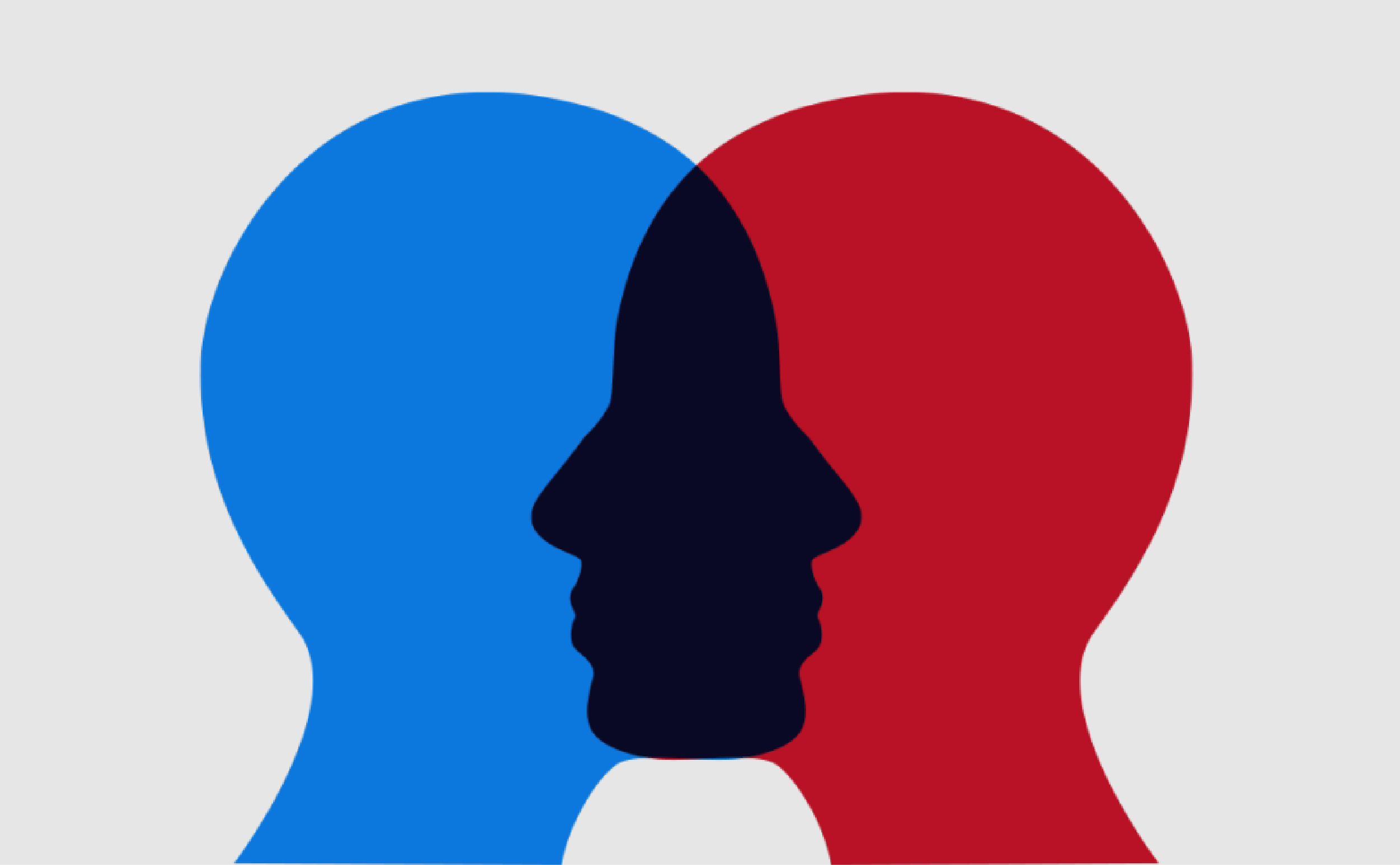
The surge in user and human-centred design.
The basic logic behind Human-Centred Design is the idea that all problems are solvable – and the key to the answer is often found in the people who face the problems head-on. This is where empathy comes into play. There are a lot of TEDX and industry talks on empathy with the surge in user and human-centred design becoming more prevalent now in the industry than ever before. And it’s totally understandable why. In order to create successful solutions, you need to really understand what the problem is and how it came to be in the first place.
“In order to get to new solutions, you have to get to know
different people, different scenarios, different places.”
– Emi Kolawole, Editor-in-Residence, Standford University d.school
When it came to designing a brand solution for Mambourin Disability Services, we approached the strategy by immersing ourselves in the lives of the brand’s audience. This meant not only following specific disability guidelines, but truly taking the time to understand the needs of the user. And essentially, understanding that the user is in fact human and not all humans are the same. Of course, meeting with people that are directly affected by the design problem at hand is one (preferred) thing, but if budget does not allow for this, then there are a couple of alternative routes to finding the next best solution to the problem. We used a couple of super-handy disability simulators to help us understand how to best serve the needs of Mambourin’s audience. For disability-service clients, we recommend Chrome’s extension Funkify or Sim Daltonism by Michael Fortin. Additionally, below is a list of some of the useful compliance tools we used for Mambourin’s website accessibility.
https://www.wuhcag.com/wcag-checklist/
https://www.visionaustralia.org/services/digital-access/resources/colour-contrast-analyser
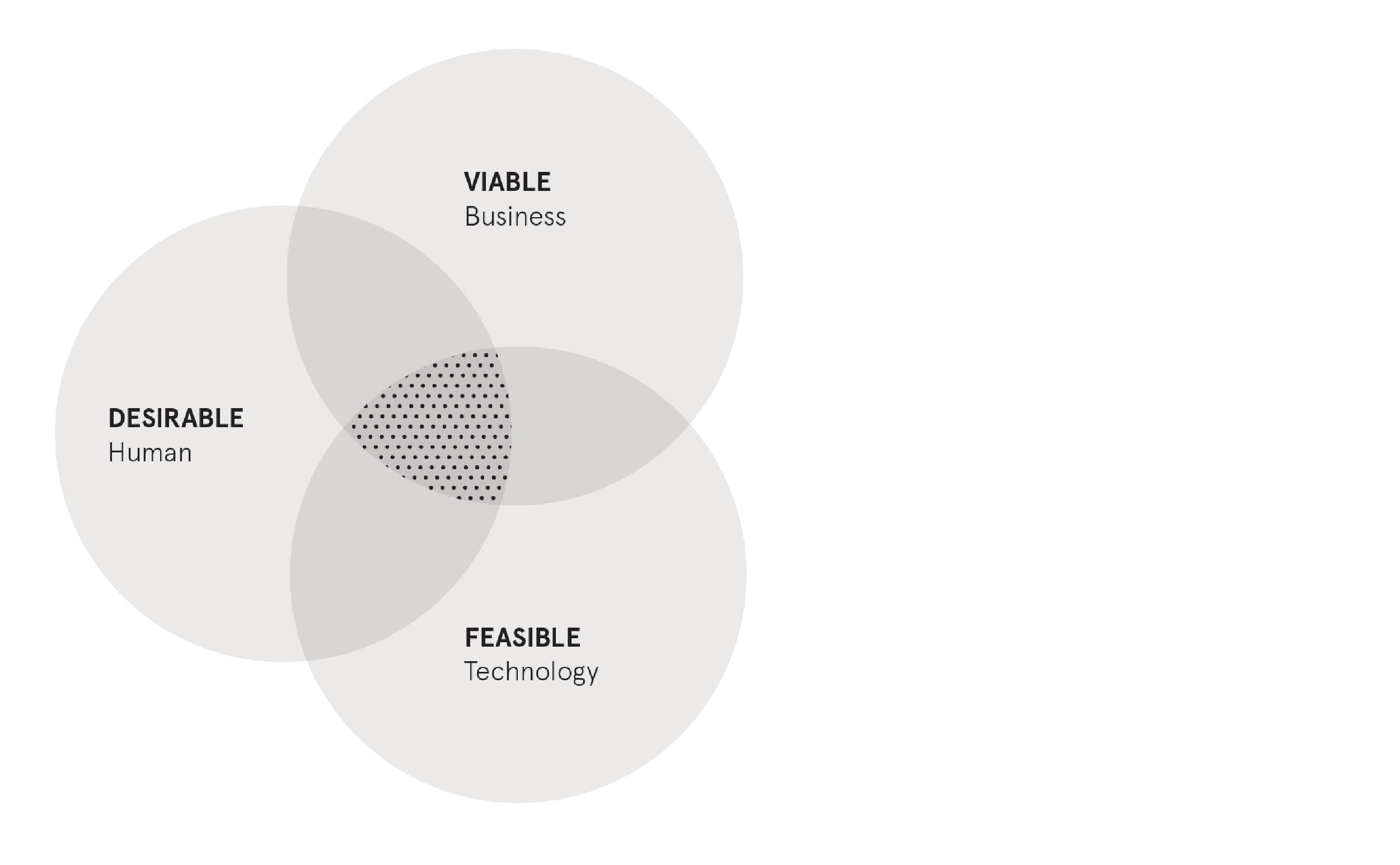
Human-centred design is about empathy, but it’s also the fine art of balance. It’s the balancing act of finding a solution that is financially viable, technically feasible, whilst also remaining appealing to the community audience. The good ol’ designer’s version of the ‘triple threat’. It falls under the same reasoning that good design isn’t just a pretty picture, it’s a product or experience that creates impact. Our job is to ensure your brand sits as close to bang-on in the centre of Desirable, Feasible and Viable as possible. When we can achieve this, you know you’ve got a brand that will be sustainable and future-proof.
And by applying a strong human-centred approach, you get a brand designed
for humans, by humans.
These thoughts on Human-centred design were created by Naomi Worth. Designer – Brands to life®

